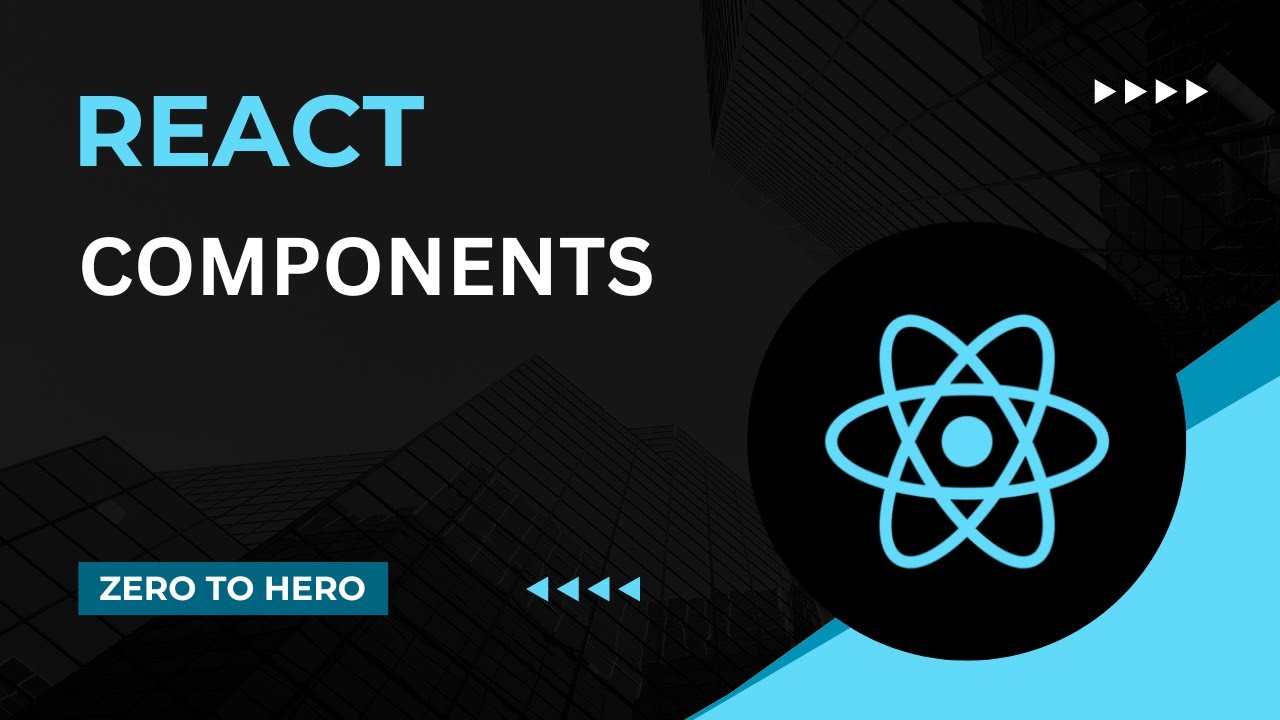Stateful vs Stateless Architectures Explained
Summary
TLDRThis video explains the difference between stateful and stateless architectures using a restaurant analogy. In a stateful system, a waiter remembers a customer's order, making it challenging to scale when servers go down or change. Conversely, a stateless system involves waiters writing down orders, allowing any server to access the shared data from a database, enhancing scalability. This flexibility makes stateless architectures preferable for large applications, such as social media platforms, that need to handle significant user traffic. Ultimately, while stateful systems retain session data, stateless systems facilitate growth and efficient data management.
Takeaways
- 😀 Stateful architecture requires servers to remember user sessions, making it less flexible.
- 😀 In stateful systems, if a server goes down, users may lose their session information and have to start over.
- 😀 Stateless architecture allows any server to handle user requests without remembering previous interactions.
- 😀 In a stateless system, user data is stored in a shared database, enabling seamless access across servers.
- 😀 Online shopping is more efficient in a stateless system, as users can retrieve their carts regardless of the server they connect to.
- 😀 Large platforms like social media benefit from stateless architecture to handle millions of users simultaneously.
- 😀 Scaling is easier in stateless systems since servers do not store session data, allowing for quick adjustments.
- 😀 Stateful architecture can complicate server management, especially when servers need to be added or removed.
- 😀 A stateless system enhances user experience by ensuring data persistence without server dependency.
- 😀 For applications that require rapid growth and scalability, stateless architecture is generally the preferred choice.
Q & A
What is the main analogy used to explain stateful and stateless architectures?
-The analogy compares a restaurant scenario where a waiter remembers customer orders (stateful) to a situation where orders are written down on paper (stateless).
What is a key characteristic of stateful architecture?
-In a stateful architecture, servers retain user session information, meaning that each server remembers who the user is and their previous interactions.
What are the scalability challenges associated with stateful systems?
-Stateful systems are harder to scale because users must consistently connect to the same server, which can lead to issues if that server goes down or needs to be updated.
How does stateless architecture improve scalability?
-Stateless architecture allows any server to handle user requests because all user data is stored in a shared database, making it easier to add or remove servers as needed.
What happens to user data in a stateful system if the server handling the session goes down?
-If the server goes down, the user may lose all session data, such as items in a shopping cart, since that information is not stored elsewhere.
In a stateless architecture, how is user information retrieved when a new server handles a request?
-In a stateless architecture, user information is retrieved from a shared database, so any server can access the necessary data to respond to the user's request.
What example is given to illustrate the impact of stateful vs. stateless architectures in online shopping?
-The example shows that in a stateful system, if a user adds items to their cart on one server, those items may not be accessible if they connect to a different server, whereas in a stateless system, the cart is stored in a shared database and is accessible from any server.
What implications does stateless architecture have for large platforms like social media?
-Stateless architecture allows large platforms like Facebook and Instagram to efficiently manage millions of users, as any server can handle user requests without needing to connect to a specific server.
Why is it suggested that stateless architecture is better for apps that need to scale quickly?
-Stateless architecture is preferred for apps that need to scale quickly because it facilitates easy management of server resources and handles increased user traffic without being tied to specific server instances.
What conclusion can be drawn about stateful and stateless architectures?
-The conclusion is that stateful systems remember user information but are harder to scale, while stateless systems do not retain user information but store it in a database, making them more scalable and manageable for high-traffic applications.
Outlines

This section is available to paid users only. Please upgrade to access this part.
Upgrade NowMindmap

This section is available to paid users only. Please upgrade to access this part.
Upgrade NowKeywords

This section is available to paid users only. Please upgrade to access this part.
Upgrade NowHighlights

This section is available to paid users only. Please upgrade to access this part.
Upgrade NowTranscripts

This section is available to paid users only. Please upgrade to access this part.
Upgrade NowBrowse More Related Video

NAT and Firewall Explained

Kubernetes StatefulSet simply explained | Deployment vs StatefulSet

Yaroslav Tkachenko – It's Time To Stop Using Lambda Architecture

Salesforce Apex Interview Questions & Answers #salesforce #apex #interview

Components | Mastering React: An In-Depth Zero to Hero Video Series

Multi-Armed Bandit : Data Science Concepts
5.0 / 5 (0 votes)